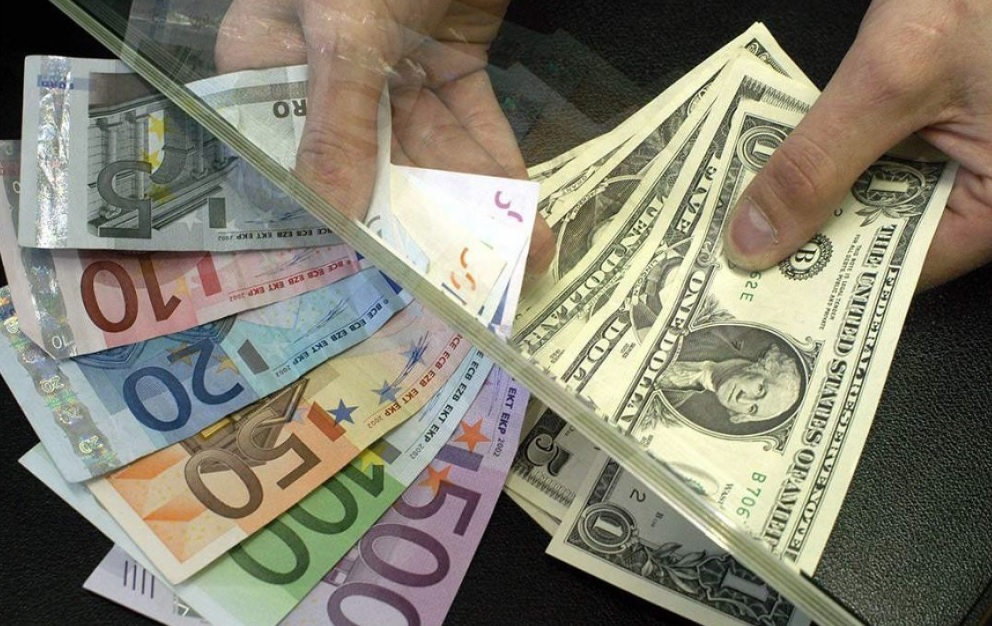Will G10 currency volatility pick up?
G10 currency volatility remains at very low levels but many analysts expect volatility to pick up as we go through the rest of the year.

Implied volatility amongst the G10 currencies is close to the lowest levels that we have seen during the past year. That may reflect the usual quietness of trading during the summer months. We certainly expect volatility to pick up thanks to a number of factors.
The first surrounds the war in Ukraine which has clearly reached an important juncture as President Trump pushes for a peace deal. When Russia invaded Ukraine in February 2022 it set off a substantial rise in the US dollar against European currencies. The euro, for instance, plunged by 15% between the end of February and the low point for the year at the end of September 2022. That was down to the adverse terms of trade impact on the eurozone of a three-fold surge in European gas prices.
At the time much of Europe was heavily dependent on gas supplies from Russia. That has changed significantly and hence even if a peace deal can be agreed between Russia and Ukraine the benefit to the terms of trade, and hence the euro, will not be comparable in size to the moves we saw in 2022. Of course, this is not to suggest that European currencies will be unresponsive should a peace agreement be achieved. But we suspect it will be small and besides; we are reticent to price a peace deal into our forecasts at this stage.
Nonetheless, the issue could still lift currency volatility. Domestic US factors should lift volatility as well. Here we’d include the Fed’s likely move towards policy easing even if we still feel at the moment that the market may have to wait a little longer than September’s FOMC meeting. Fed Chair Powell speaks at the Jackson Hole symposium this Friday. The market will look for hints about a September rate cut.
Steven Barrow, Head of Standard Bank G10 Strategy doubts that there will be any but that’s not necessarily important for the US dollar. Instead, what is important is that policy will likely be eased at some point and that should weigh on the US dollar. Another issue that could lift currency volatility concerns US tariffs. For while it might seem that tariff uncertainty has eased, there is still the possibility that country-specific tariffs will be declared illegal – again. At the moment, the US Administration is challenging an earlier ruling that the tariffs are illegal.
“We suspect that this challenge will fail, so ruling tariffs illegal for a second time. The issue will then most likely go to the Supreme Court where the Administration will presumably feel more confident of victory given how many recent rulings by the Court have gone. But this cannot be guaranteed and, if there is any possibility at all that the tariffs could ultimately be declared illegal, forcing the Administration to find other legislation to push tariffs through, the dollar seems likely to suffer. In short, not only do we think that volatility will pick up over the remainder of the year; we also think that this will take the form of a weaker dollar. By the end of this year, we’d expect the euro to be around 1.25, the pound over 1.40 and dollar/yen down to the 130-135 range”, said Steven Barrow.
G10 central banks have been easing policy, with the notable exception of the Bank of Japan. Most have eased into a cycle of declining inflation after the surge in prices we saw back in 2021 and 2022. But in the UK, the Bank of England has been cutting rates at a time when inflation is rising - and forecast by the bank to increase even further. This potentially creates a risk to the pound should traders and investors perceive that the Bank is playing a bit fast and loose with inflation.
With this in mind, the most important data release anywhere in the G10 this week could be in the UK in the shape of Wednesday’s CPI report. Prices are seen flat for the month, which should lift the annual rate a tenth to 3.7% if correct. The danger for the pound would seem to lurk in inflation that comes through above expectations as this would question the wisdom of the BoE’s rate cuts to an even greater extent.
Normally, we’d anticipate aboveconsensus CPI data to lift currencies as it seemingly restricts the room for cuts in the policy rate. But when it comes to the pound, the BoE has already shown that it is willing to continue with rate cuts. In addition, the position of the gilt market looks somewhat precarious given factors such as the rise in inflation, aggressive quantitative tightening from the BoE and hefty reliance on foreign ownership of gilts.








